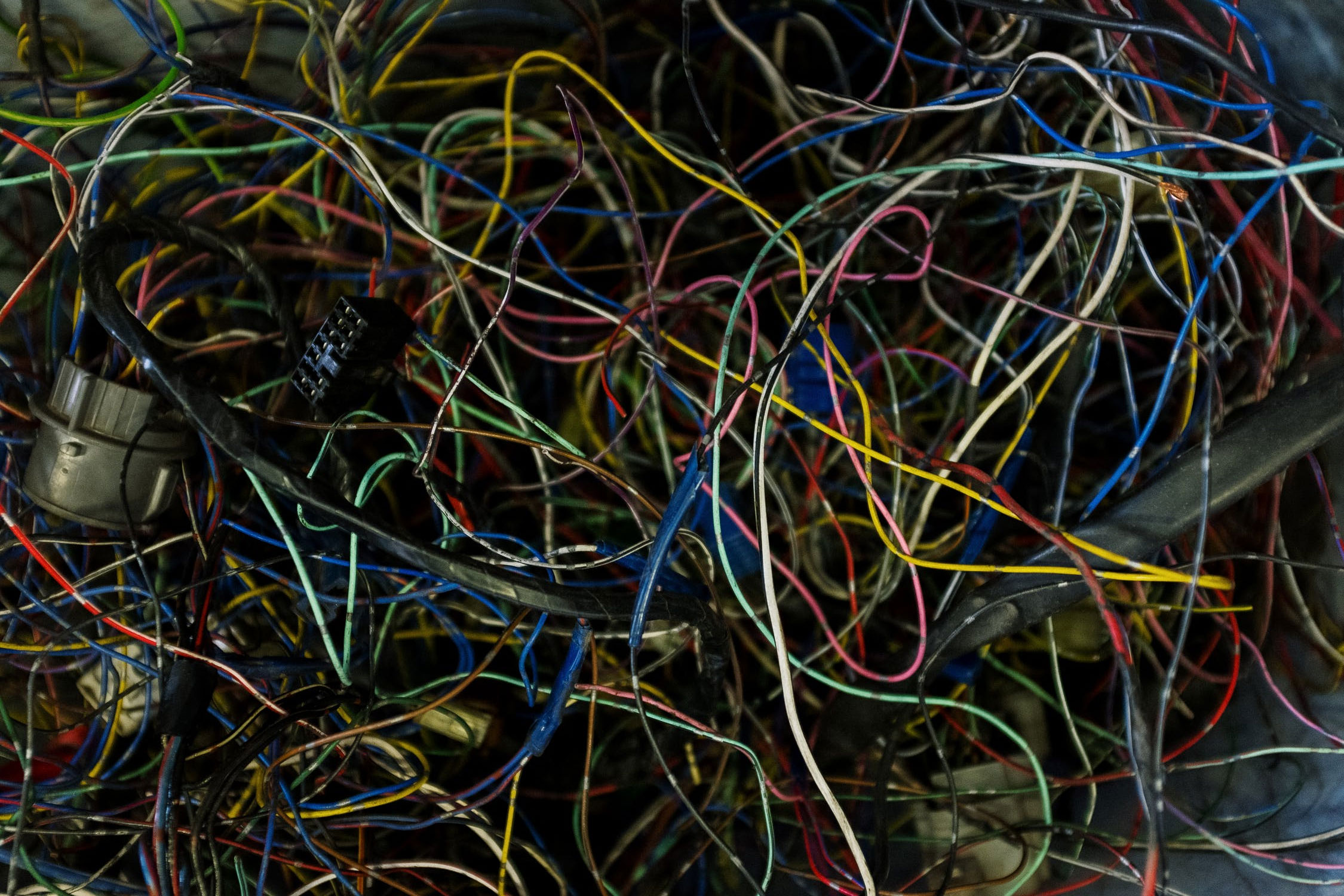The first action in successful camera placement is to locate high-risk areas within the retail space. These locations typically consist of entrances and exits, cash counters, and sections where high-value items are displayed. By installing surveillance devices in these locations, store owners can observe shopper behavior and detect questionable conduct. Additionally, surveillance systems at entrances can capture images of people entering and leaving the retail space, which is crucial for identifying possible thieves. This proactive strategy aids in minimizing loss and ensuring a secure atmosphere.
A further important consideration is the type of surveillance device used in the store space. Different cameras serve distinct functions. For example, dome-shaped surveillance cameras are commonly used for indoor surveillance because they are less obtrusive and can cover a broad space. Conversely, bullet-style cameras are ideal for external application, as they are more visible and can deter criminal activity. Store owners should evaluate their particular requirements and select the suitable surveillance device types to guarantee complete monitoring of the store.

Along with camera types, the position and elevation at which surveillance devices are installed play a significant role in their efficacy. Surveillance devices should be set at a level that allows for clear viewing of faces and actions without being readily manipulated with. A common suggestion is to mount cameras at least click to read more eight to ten ft off the floor. Additionally, cameras should be angled to cover as much area as feasible while preventing areas without coverage. This strategic placement ensures that all zones of the retail space are observed, providing a complete perspective of shopper interactions and potential safety risks.
Ultimately, it is essential for retailers to consistently assess and maintain their surveillance equipment. This entails inspecting camera functionality, confirming that footage are clear, and updating programs as required. Regular upkeep aids to prevent technical problems that could jeopardize security. Additionally, store owners should review footage periodically to spot trends in customer behavior and possible security threats. By staying vigilant and attentive to their surveillance equipment, store owners can create a more secure retail environment and protect their resources efficiently.